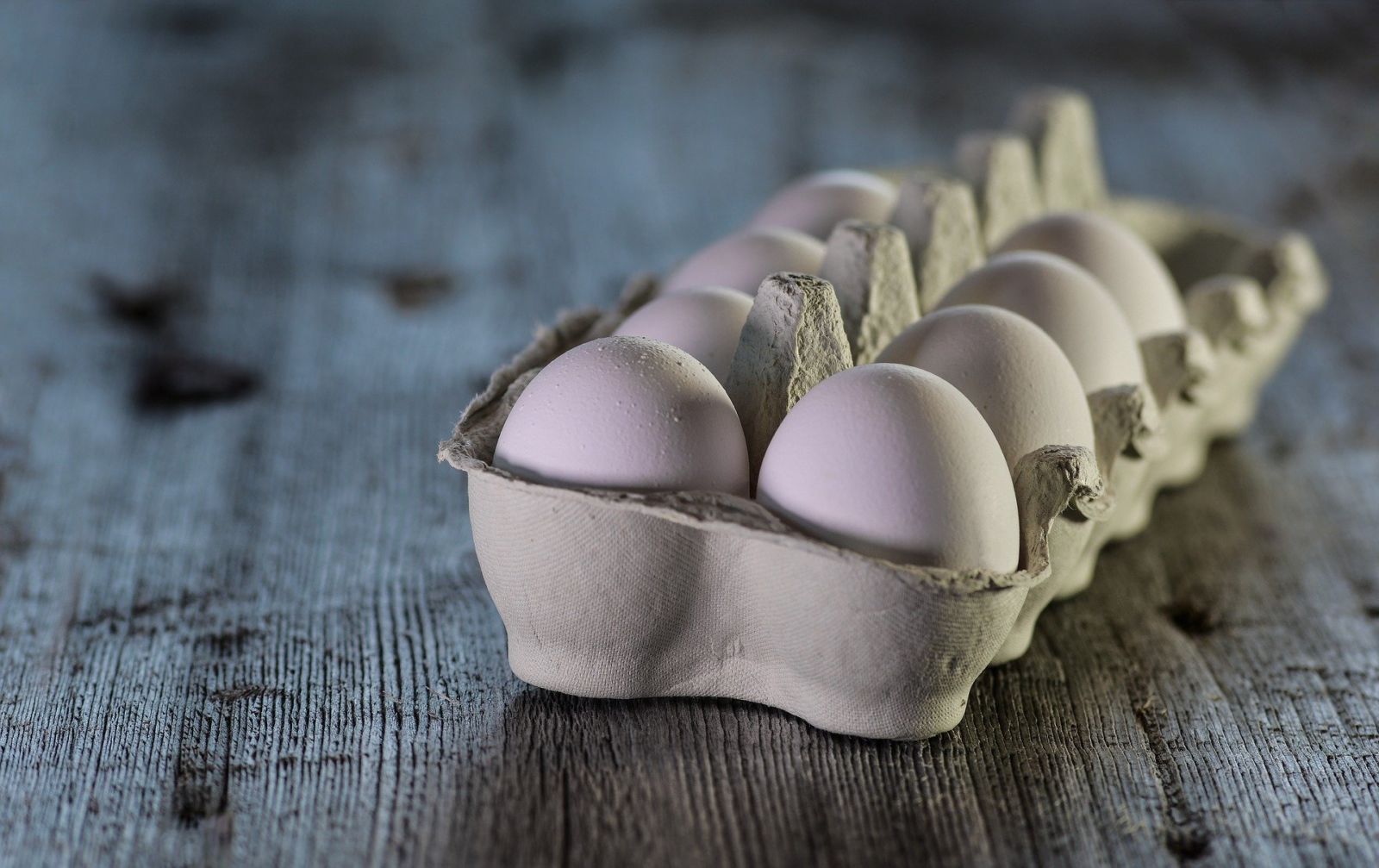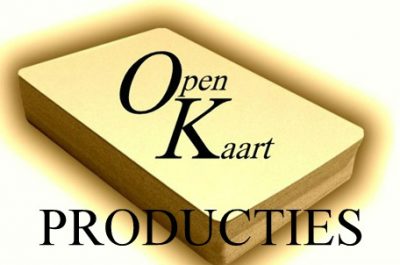Explanation of proteins (building blocks)

Proteins (also known as proteins) help build muscle. Proteins contain amino acids; these acids are needed to create new cells in our body and renew old ones. Some proteins our body can make itself, but the vast majority we still get from food.
We all get enough protein, it is mainly in all animal foods like fish, meat, poultry, milk, yoghurt, cottage cheese, cheese, eggs, as well as grain products like bread, legumes, nuts and tofu.
When you would like to lose weight, eating proteins is highly recommended as they provide a long satiated feeling and these also contribute to
- building (new) tissue,
- breakdown of (old) tissue,
- the production of (new) cells
- breakdown of (old) cells.
Proteins also help the body absorb important nutrients from food and eliminate waste products which is also important during weight loss. And of course, proteins are the main building blocks of our muscles!
Lean proteins
Protein will not make you fat quickly, because the body has to work extremely hard to convert protein into fat so the body will not start this procedure quickly.
When you consume a lot of protein-rich food, it increases your metabolism by as much as 20 to 30%, so you burn more calories just because of that alone.
However, it is true that protein-rich foods generally do contain a lot of calories in the form of (saturated) fat, for example meat and full-fat dairy products. Fortunately, many low-fat protein products are also available nowadays!
Protein is best eaten in combination with some (not too many!) carbohydrates. After eating carbohydrates, the pancreas produces insulin to lower the elevated blood sugar again. Insulin not only regulates fat storage, but also transports amino acids (proteins) to the muscles, which are needed there as fuel.
So when you eat carbohydrates, there is enough insulin present in the blood at that time to allow the amino acids to be transported smoothly to the muscles directly too!
Thereby, proteins slow down the digestion of carbohydrates, creating a longer satiated feeling and stabilising the release of insulin so that there are not too many peaks and troughs in your blood sugar levels.
And this in turn prevents any new cravings in between. Win win!
The above text previously appeared in the Balance book. The book is now sold out, but may still be available to order second-hand via the link below.
Slimming blog >HOME
